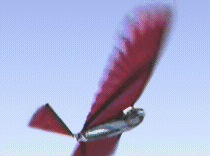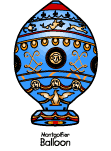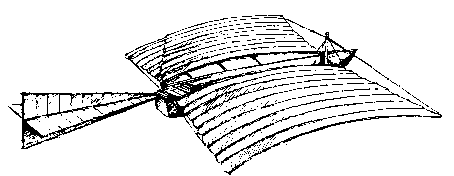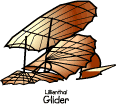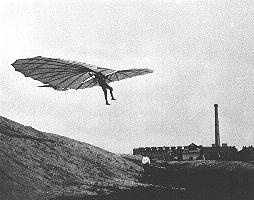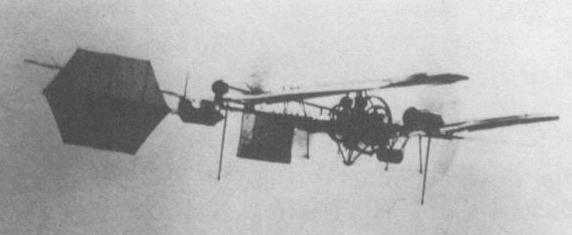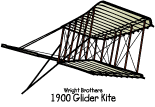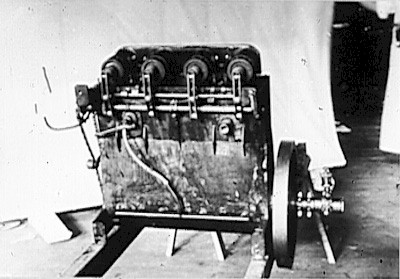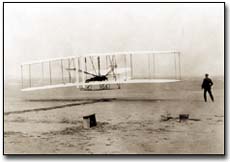The movie ”How the Grinch Stole Christmas” is based on a book written by the world famous author Theodor Seuss Geisel. He is better known as Dr. Seuss. This American writer wrote more than 60 children’s books. Many of his books have been adapted to television. Up to date there are three films and one Broadway musical inspired on Dr. Seuss work.
__________
Grinch’s heart grew bigger.
__________ The
people of Who-ville were singing.
__________ Grinch
hated X-Mas.
__________ Cindy
Lou Who saw Grinch.
__________ His
dog was dressed as a reindeer.
__________
Grinch took all the X-Mas things from Who-ville.
__________ Grinch carved the roast-meat.
III. 2. Decide if the
sentences are True or False.
1. Grinch loves
Christmas. __________
2. Grinch dresses up as
Santa Claus. __________
3. He goes to every
house to deliver presents. __________
4. Grinch stole
Christmas but he isn’t sorry. __________
5. The people of
Whoville greeted Christmas happily. __________
https://youtu.be/OFEc4Xe68XM




























